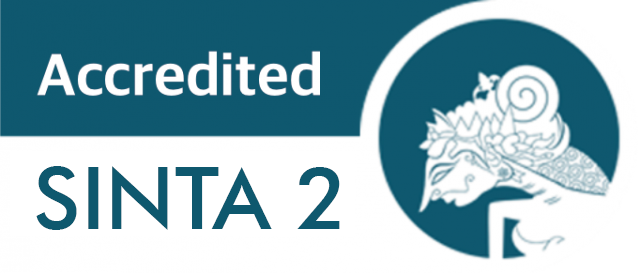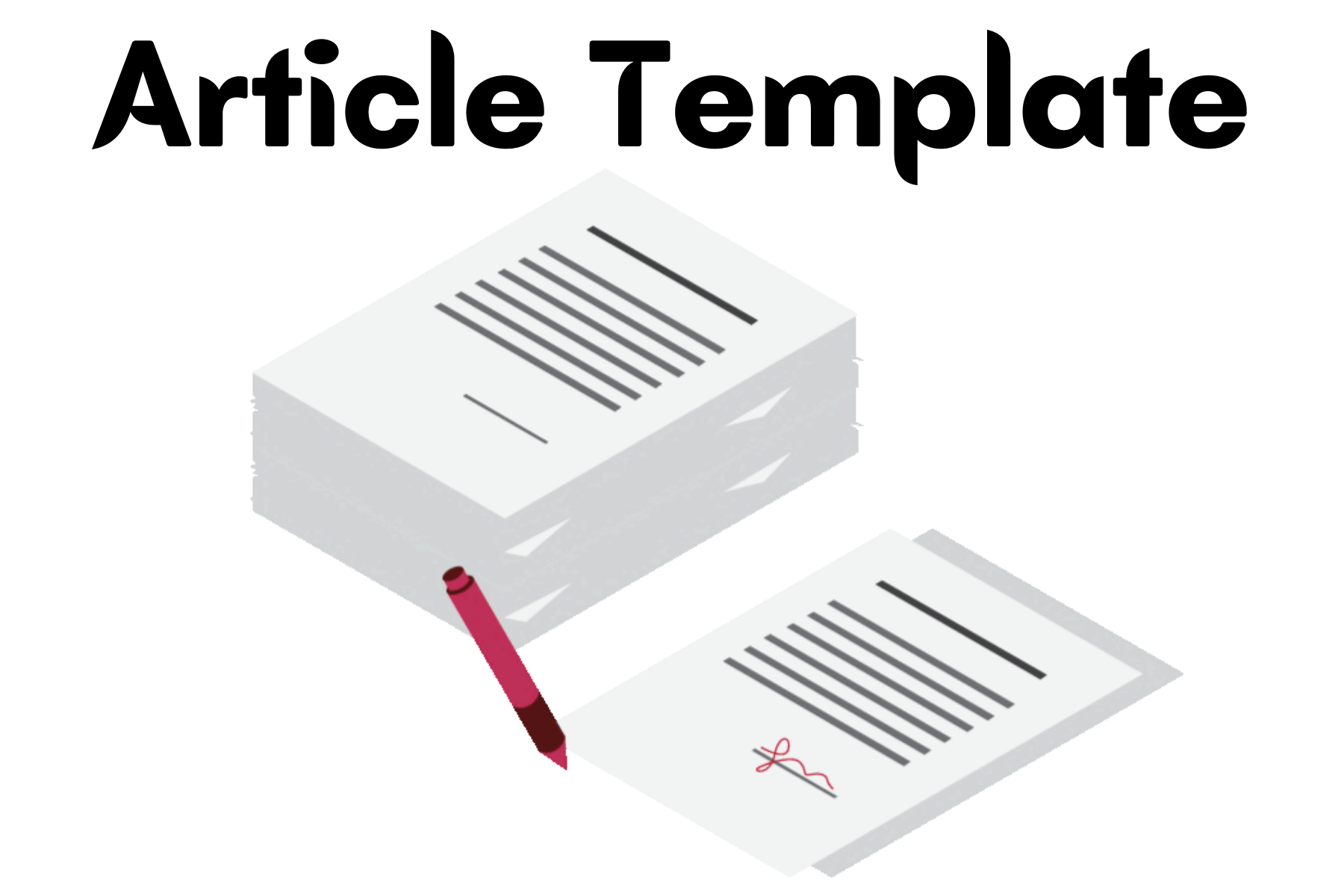The Impact of the DNTK Pattern Approach on Student Learning Outcomes in Introduction to Group Theory Course
DOI:
https://doi.org/10.18326/hipotenusa.v7i1.4109Keywords:
dntk, introduction to group theory, tamAbstract
Introduction to Group Theory is one of the courses in the field of algebra studies in Mathematics Education Study Program at Universitas Negeri Semarang. Various learning models are implemented in lectures to overcome students' difficulties in understanding and mastering abstract lecture material. In this research, learning was carried out using the DNTK Pattern approach. The DNTK pattern approach is a learning pattern that prioritizes understanding Definitions (D) and their Negations (N), Theorems (T) and their Contrapositions (K) before students are given exercises in the Introduction to Group Theory course. The main goal of this approach is to increase students' conceptual understanding of the structure and properties of groups. This research used quantitative methods and the TAM (Technology Acceptance Model) approach to evaluate the effectiveness of the DNTK pattern approach in improving student learning outcomes. The research results showed that students taught using the DNTK pattern approach have a deeper understanding and are able to apply concepts better compared to conventional learning. This article reviewed the DNTK pattern approach theoretically and empirically, and presented the research results as a basis for further implementation in Introduction to Group Theory lectures.
References
Arnawa, I.M. (2007). "Mengembangkan Kemampuan Mahasiswa dalam Memvalidasi Bukti pada Aljabar Abstrak melalui Pembelajaran Berdasarkan Teori APOS." Jurnal Pendidikan dan Kebudayaan, 13(68), 809-826.
Brown, M., & Wilson, L. (2021). The role of algebraic structures in modern cryptography. Algebra and Number Theory, 15(5), 1123-1145. https://doi.org/10.2140/ant.2021.15.1123
Brown, S. A., & Porter, M. E. (2015). Developing student understanding of abstract algebraic concepts through interactive learning modules. Journal of Mathematical Behavior, 39(2), 201-215. https://doi.org/10.1016/j.jmathb.2015.06.002
Doe, J., & Smith, J. (2019). Enhancing undergraduate understanding of algebraic structures through theorem application. International Journal of Mathematical Education in Science and Technology, 50(4), 567-580. https://doi.org/10.1080/0020739X.2018.1552321
Harel, G., & Wilson, S. (2016). The role of conjectures and proofs in the learning of abstract algebra. Educational Studies in Mathematics, 92(3), 345-361. https://doi.org/10.1007/s10649-015-9641-8
Henderson, C. (2020). Challenges in Teaching Abstract Algebra. Journal of Mathematics Education, 12(3), 215-230.
Isnarto (2014). "Kemampuan Konstruksi Bukti dan Berpikir Kritis Matematis Mahasiswa pada Perkuliahan Struktur Aljabar melalui Guided Discovery Learning Pendekatan Motivation to Reasoning and Proving Tasks." Disertasi.
Johnson, E., & Brown, M. (2020). Bridging the gap: Teaching definitions and theorems in abstract algebra. Journal of Mathematical Behavior, 58(2), 101-115. https://doi.org/10.1016/j.jmathb.2020.100762
Johnson, E., & Lee, D. (2020). Exploring non-associative algebraic structures. International Journal of Mathematics, 31(8), 205-229. https://doi.org/10.1142/S0129167X20500123
Lazim, C. S. L. M., Ismail, N. D. B., & Tazilah, M. D. A. K. (2021). Application of Technology Acceptance Model (Tam) Towards Online Learning During Covid-19 Pandemic: Accounting Students Perspective. International Journal of Business, Economics and Law, 24(01), 1–8.
Listiawati, N. (2015). Analisis Pemahaman Konsep Matematika Mahasiswa dalam Menyelesaikan Soal Teori Grup. Jurnal Pendidikan Matematika, 9(1), 1–10
Martinez, S., & Anderson, J. (2022). The role of formal definitions in learning abstract algebra: An empirical study. International Journal of Research in Undergraduate Mathematics Education, 8(1), 23-45. https://doi.org/10.1007/s40753-021-00135-9
Martinez, S., & Anderson, J. (2023). Algebraic structures in topological spaces. Topology and Its Applications, 312(2), 58-79. https://doi.org/10.1016/j.topol.2023.107937
Melhuish, K. (2019). The Group Theory Concept Assessment: a Tool for Measuring Conceptual Understanding in Introductory Group Theory. International Journal of Research in Undergraduate Mathematics Education, 5, 199–227
Møgelvang, A., & Nyléhn, J. (2023). Co-operative Learning in Undergraduate Mathematics and Science Education: A Scoping Review. International Journal of Science and Mathematics Education, 21, 1935–1959.
Nguyen, P. M. B., DO, Y. T., & WU, W. Y. (2021). Technology Acceptance Model and Factors Affecting Acceptance of Social Media: An Empirical Study in Vietnam. Journal of Asian Finance, Economics and Business, 8(6), 1091–1099. https://doi.org/10.13106/jafeb.2021.vol8.no6.1091
Nguyen, T. T., & Nardi, E. (2013). Students' experiences of learning group theory: The role of visualisation. Educational Studies in Mathematics, 83(2), 251-267. https://doi.org/10.1007/s10649-012-9454-5
Nugroho, A. S. (2021). Pengembangan Media Pembelajaran Matematika Interaktif Berbasis Pendekatan Kontekstual. Jurnal Pendidikan Matematika, 5(2), 165-173.
Rohman, M. A., Syaifudin, M., & Nike, S. (2021). Kemampuan Pemahaman Konsep Siswa melalui Metode Penemuan Terbimbing pada Pembelajaran Trigonometri. Jurnal Penelitian Pendidikan Matematika, 5(2), 165-173
Sari, D. P., & Kartika, Y. (2021). Hubungan antara Kemampuan Unpacking dan Konstruksi Negasi Pernyataan Matematika. AKSIOMA: Jurnal Program Studi Pendidikan Matematika, 10(1), 1-10.
Smith, J., & Garcia, M. (2019). Advancements in algebraic structures and their applications. Journal of Algebra, 521(3), 345-367. https://doi.org/10.1016/j.jalgebra.2019.03.045
Suparman, Yohannes, & Arifin, N. (2021). Enhancing Mathematical Problem-Solving Skills of Indonesian Junior High School Students through Problem-Based Learning: A Systematic Review and Meta-Analysis. Al-Jabar: Jurnal Pendidikan Matematika, 12(1), 1–16.
Weber, K., & Alcock, L. (2012). Proof in advanced mathematics classes: Semantic and syntactic reasoning in the representation system of proof. Journal of Mathematical Behavior, 31(3), 209-216. https://doi.org/10.1016/j.jmathb.2011.12.002
Wilson, L., & Lee, D. (2021). Student difficulties in grasping abstract algebraic concepts: A theoretical perspective. Educational Studies in Mathematics, 106(3), 345-361. https://doi.org/10.1007/s10649-020-10017-3
Downloads
Published
How to Cite
Issue
Section
License
Copyright (c) 2025 Mashuri Mashuri, St. Budi Waluya, Zaenuri, Isnarto

This work is licensed under a Creative Commons Attribution-NonCommercial-ShareAlike 4.0 International License.

This work is licensed under a Creative Commons Attribution-ShareAlike 4.0 International License.


